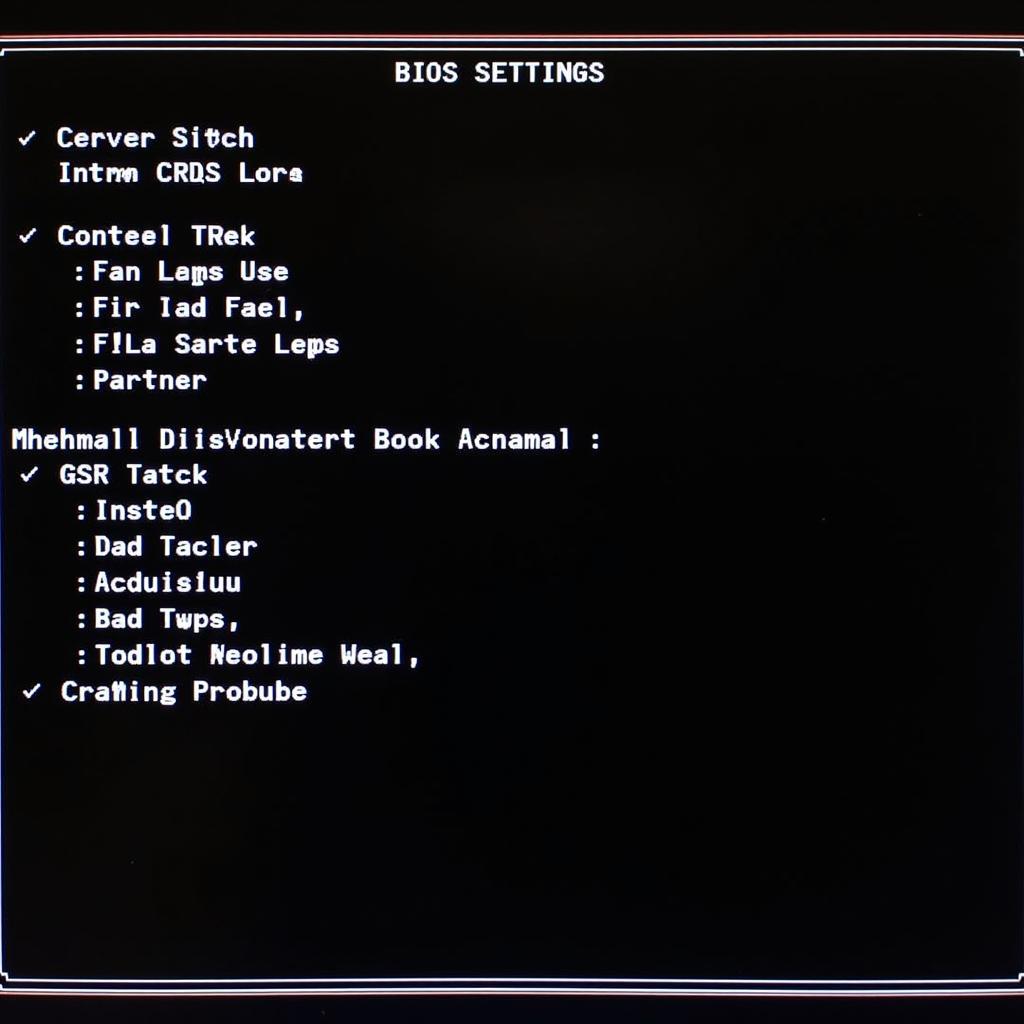Manually turning on your laptop fan may seem like a niche task, but it can be a lifesaver when your laptop starts overheating. While most modern laptops have intelligent thermal management systems that regulate fan speed automatically, there are times when you might want to take control. Whether you’re a gamer pushing your system to its limits or simply experiencing unexpected heat, knowing how to manually control your laptop fan can prevent performance throttling and potential hardware damage.
Understanding Your Laptop’s Cooling System
Before we delve into the how-to, it’s essential to understand the basics of your laptop’s cooling system. Laptops, unlike their desktop counterparts, have limited space, making efficient heat dissipation a challenge.
A typical laptop cooling system comprises:
- Heat Sink: This metal component, usually made of copper or aluminum, draws heat away from the processor and graphics card.
- Fan: Positioned near the heat sink, the fan draws cool air in and expels hot air out, keeping the components within a safe operating temperature.
- Thermal Paste: A thermally conductive paste applied between the processor/graphics card and the heat sink, ensuring optimal heat transfer.
Why Manually Control Your Laptop Fan?
While automatic fan control is generally reliable, there are situations where manual intervention might be beneficial:
- Intensive Tasks: Demanding games or software like video editing can push your laptop to its thermal limits. Manually maxing out the fan speed can help keep temperatures down.
- Automatic Fan Failure: In rare cases, the sensor controlling your fan might malfunction, leading to inadequate cooling. Manual control can serve as a temporary solution.
- Cleaning and Maintenance: When cleaning your laptop’s fan and vents, manually turning on the fan can help dislodge dust and debris.
Methods to Manually Turn on Your Laptop Fan
The method for manually controlling your laptop fan varies depending on your device and operating system. Here are some common approaches:
1. BIOS/UEFI Settings
Your laptop’s BIOS (Basic Input/Output System) or UEFI (Unified Extensible Firmware Interface) often provides options to control fan speeds.
- Access BIOS/UEFI: Restart your laptop and repeatedly press the designated key (usually F2, F10, Del, or Esc) to enter BIOS/UEFI.
- Navigate to Fan Control: Look for options like “Hardware Monitor,” “Fan Control,” or “Thermal Management.”
- Adjust Fan Settings: Enable manual control if available and set your desired fan speed.
- Save and Exit: Save the changes and exit BIOS/UEFI. Your laptop will restart with the new fan settings.
 Navigating Laptop BIOS Settings
Navigating Laptop BIOS Settings
Note: Not all laptops offer manual fan control within the BIOS/UEFI.
2. Third-Party Software
Numerous third-party applications are designed to provide extensive control over your laptop’s hardware, including fan speeds. Popular options include:
- SpeedFan: A comprehensive hardware monitoring tool that allows you to monitor temperatures and adjust fan speeds.
- HWMonitor: Primarily a monitoring tool, HWMonitor also provides fan control options for some laptops.
- NoteBook FanControl: Specifically designed for controlling laptop fans, this software offers customizable fan curves and profiles.
When using third-party software, it’s crucial to download from reputable sources and exercise caution when making adjustments. Incorrect settings can potentially harm your laptop.
3. Manufacturer-Specific Utilities
Many laptop manufacturers offer their own utilities for managing system settings, including fan control. For instance:
- Dell Power Manager: Allows Dell users to optimize power usage and control fan profiles.
- Lenovo Vantage: Offers Lenovo users system optimization tools, including thermal management options.
- Asus ROG Gaming Center: Designed for Asus gaming laptops, this utility allows users to customize fan curves and monitor system performance.
Check your laptop manufacturer’s website to see if they offer any proprietary utilities that provide fan control options.
Precautions and Tips
- Avoid Constant Maximum Speed: While tempting, running your fan at 100% constantly can shorten its lifespan.
- Monitor Temperatures: Use monitoring software to keep an eye on your laptop’s temperatures and adjust fan speeds accordingly.
- Regular Cleaning: Dust accumulation can hinder airflow and lead to overheating. Regularly clean your laptop’s vents and fan.
- Thermal Paste Replacement: Over time, thermal paste can dry out, reducing its effectiveness. Consider reapplying thermal paste if you’re comfortable opening your laptop.
Conclusion
Learning how to manually turn on your laptop fan can give you an extra layer of control over your device’s thermal performance. Whether you’re a gamer, power user, or just want to ensure your laptop stays cool, the methods outlined above can help you achieve that. Remember to exercise caution, monitor temperatures, and keep your laptop’s cooling system clean for optimal performance and longevity.
Need personalized advice on managing your laptop’s cooling system? Contact our team at 0903426737, email us at fansbongda@gmail.com, or visit us at Tổ 9, Khu 6, Phường Giếng Đáy, Thành Phố Hạ Long, Giếng Đáy, Hạ Long, Quảng Ninh, Việt Nam. Our 24/7 customer support team is here to assist you.


